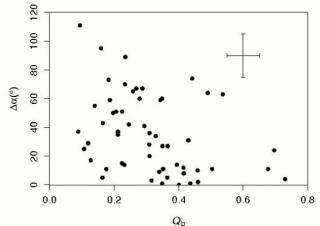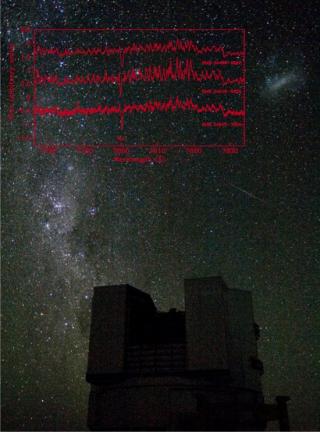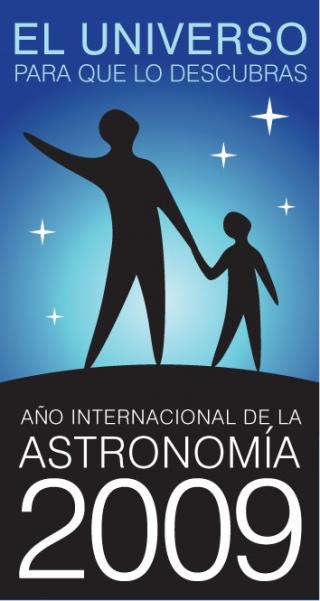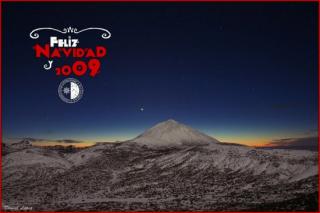
We tested the theoretical prediction that the straightest dust lanes in bars are found in strongly barred galaxies, or more specifically, that the degree of curvature of the dust lanes is inversely proportional to the strength of the bar. The test used archival images of barred galaxies for which Qb (which has been called the bar strength parameter) was known. Our results confirm the theoretical prediction but show a large spread that cannot be accounted for by the measurement errors. We simulated 238 galaxies with different bar and bulge parameters in order to investigate the origin of the
Advertised on



